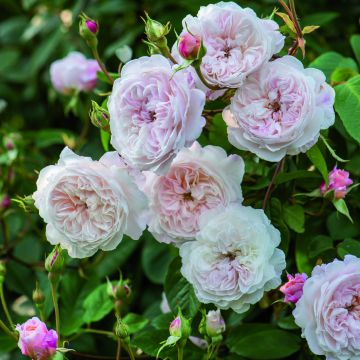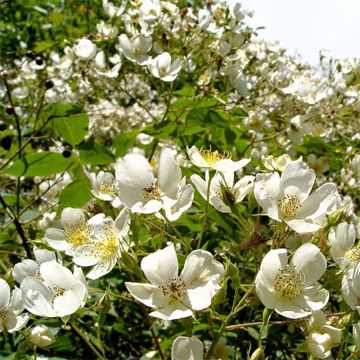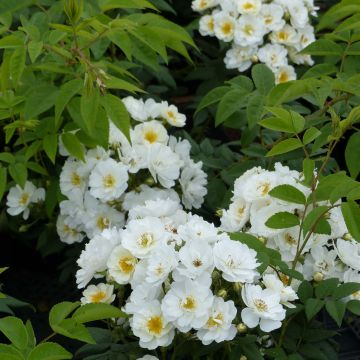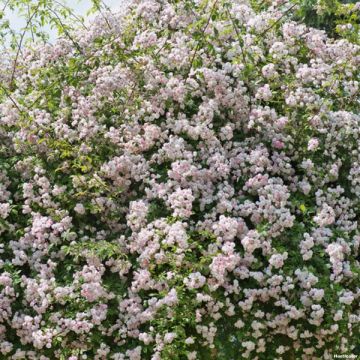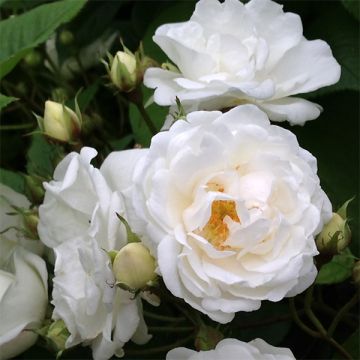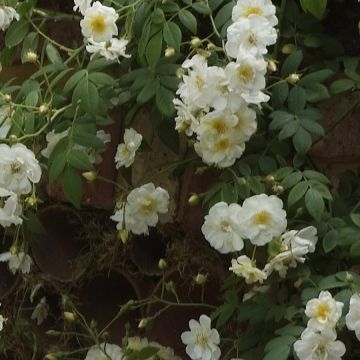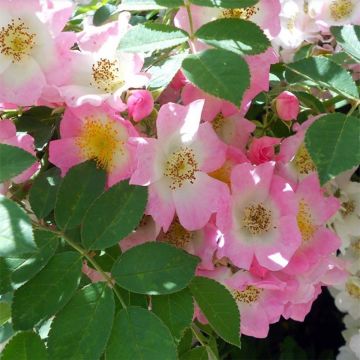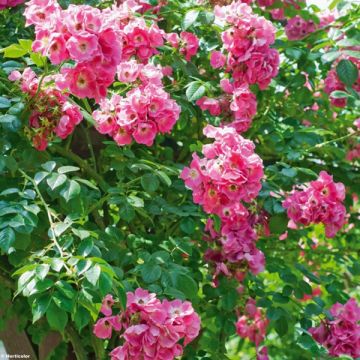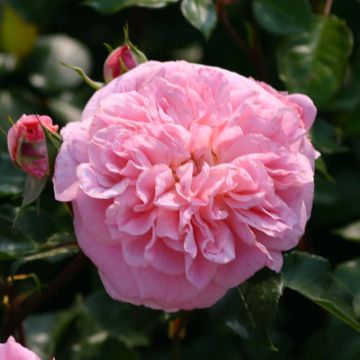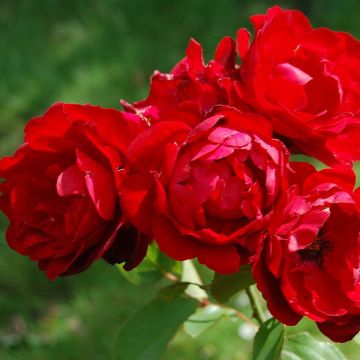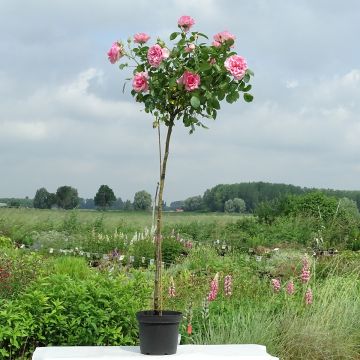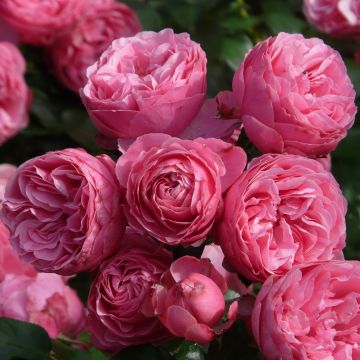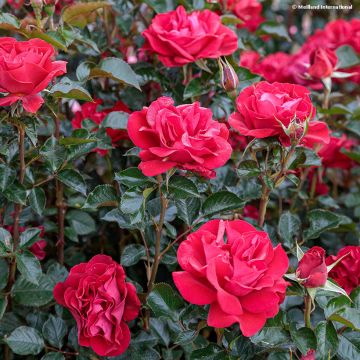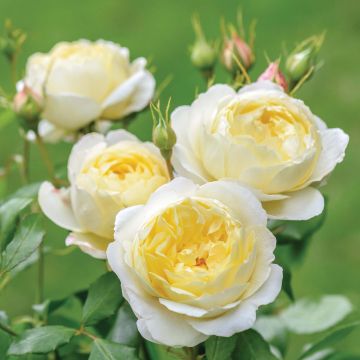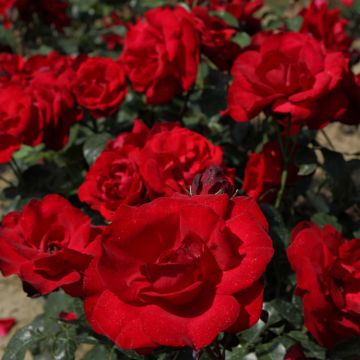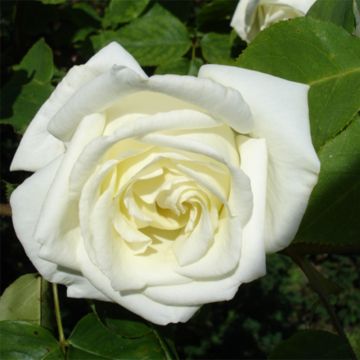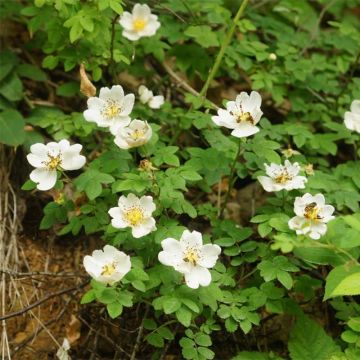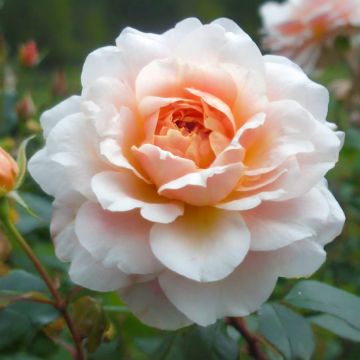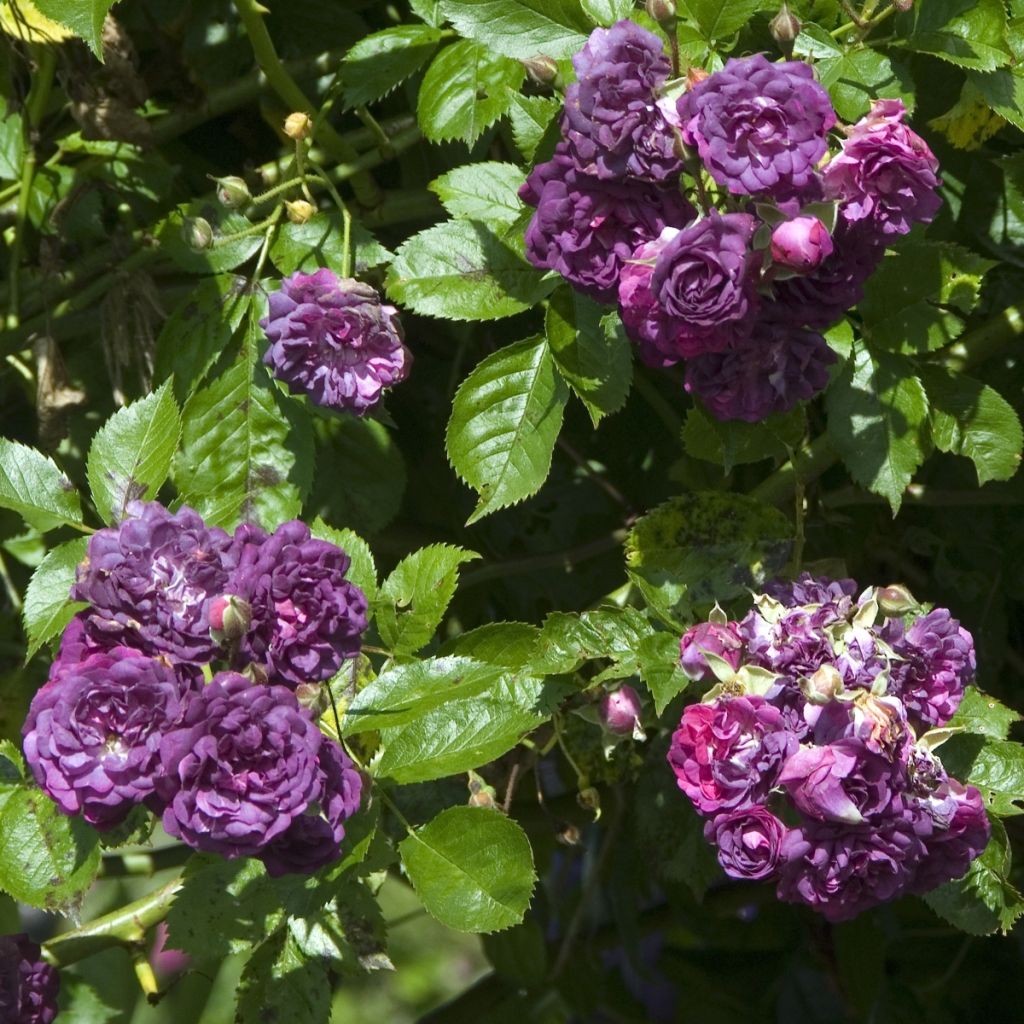

Rosa multiflora Bleu Magenta - Climbing Rose
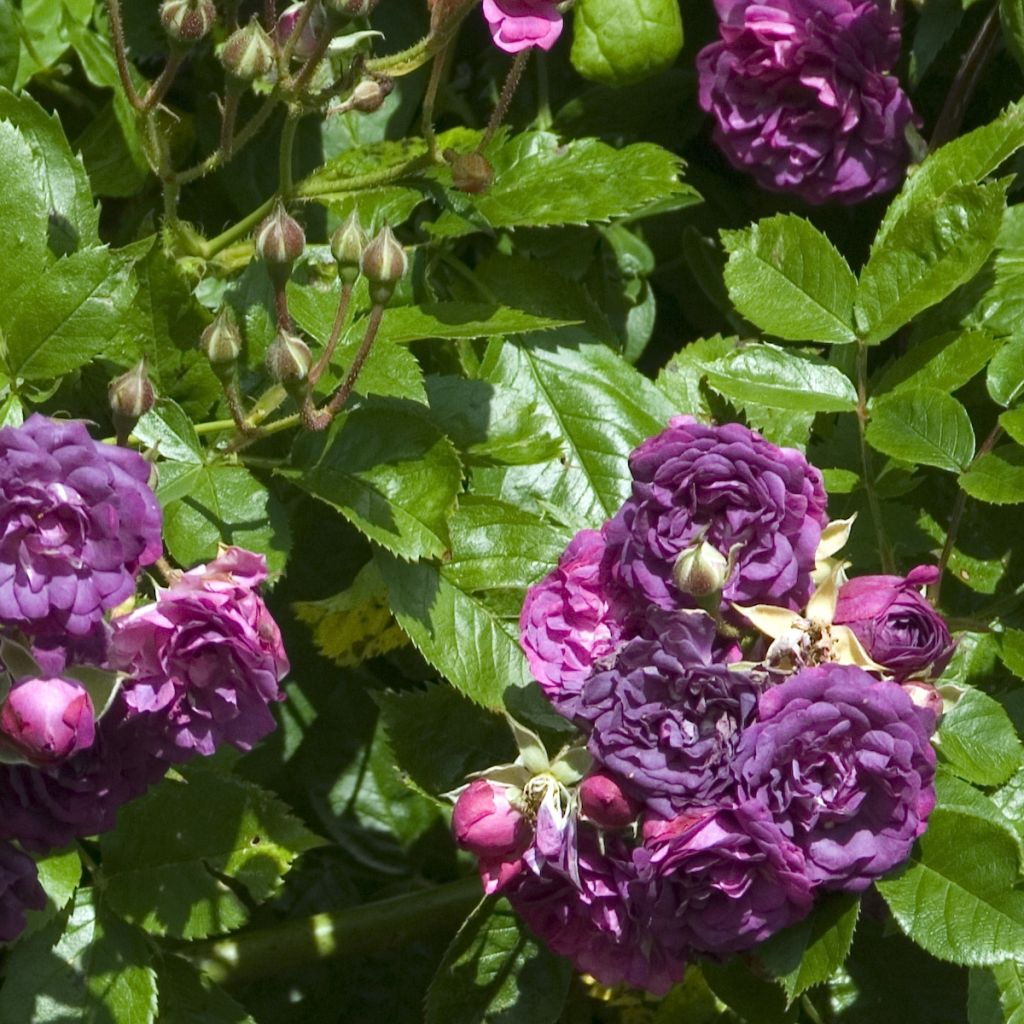

Rosa multiflora Bleu Magenta - Climbing Rose
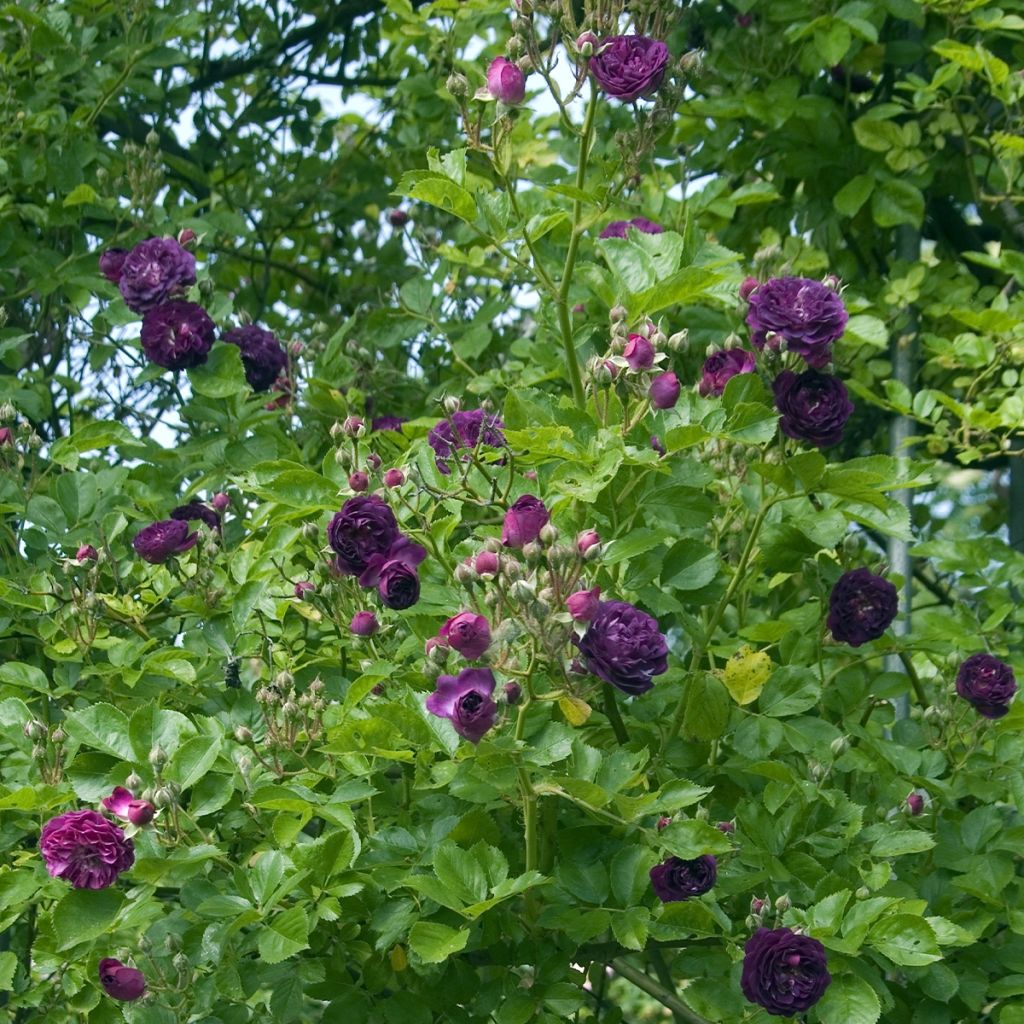

Rosa multiflora Bleu Magenta - Climbing Rose
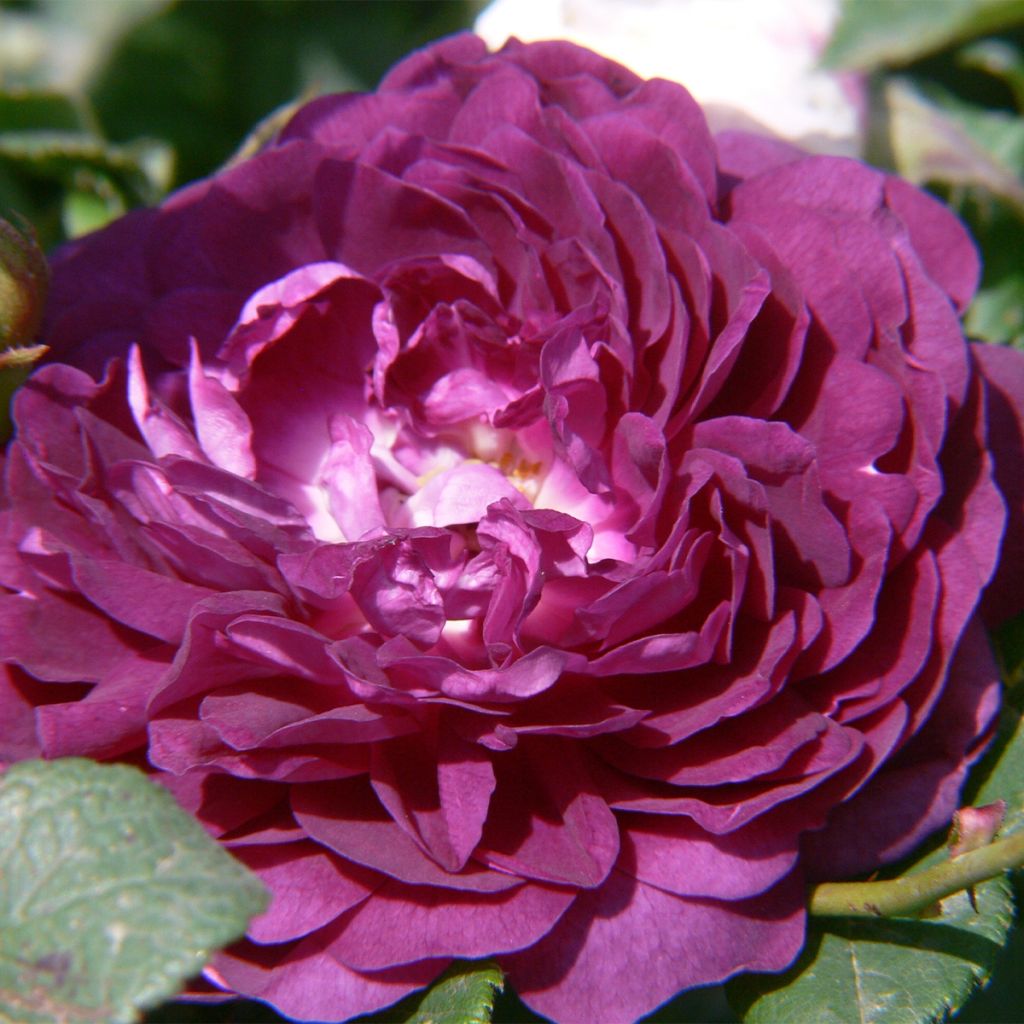

Rosa multiflora Bleu Magenta - Climbing Rose
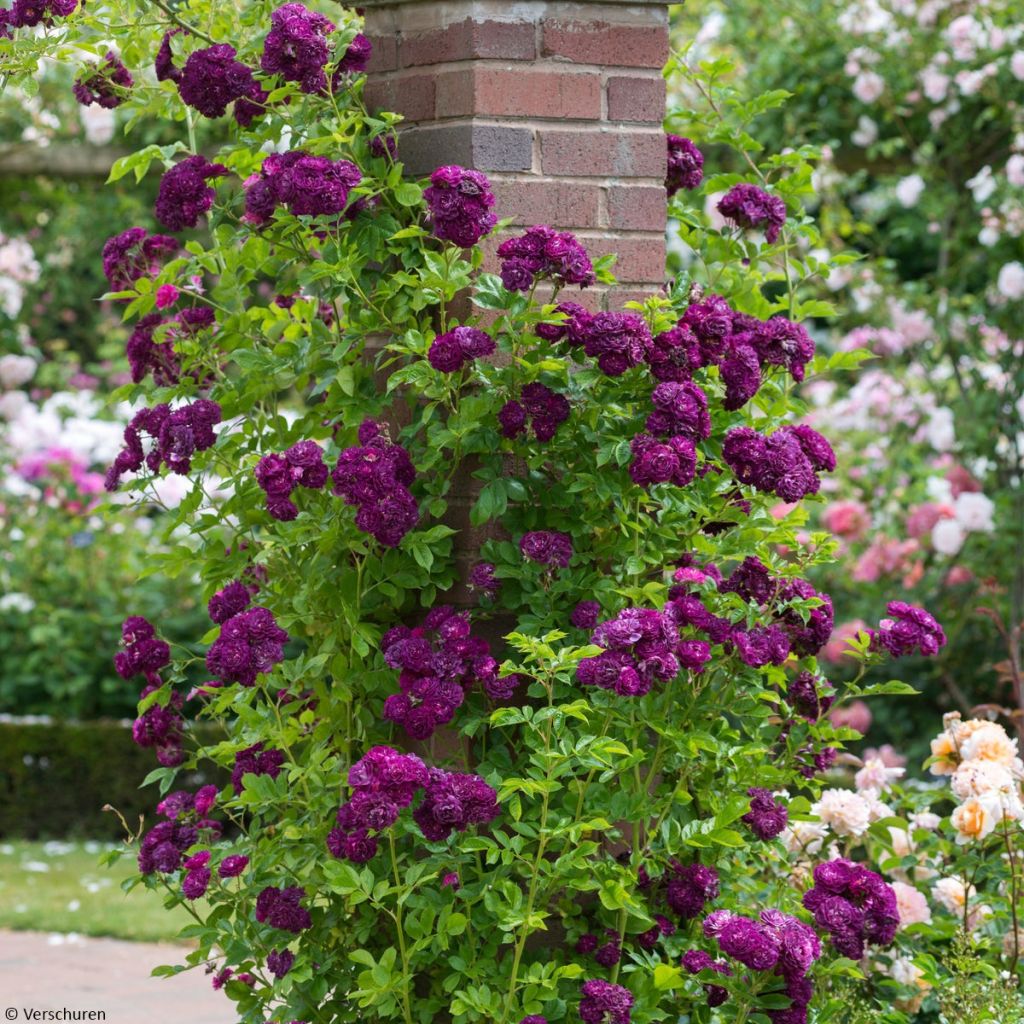

Rosa multiflora Bleu Magenta - Climbing Rose
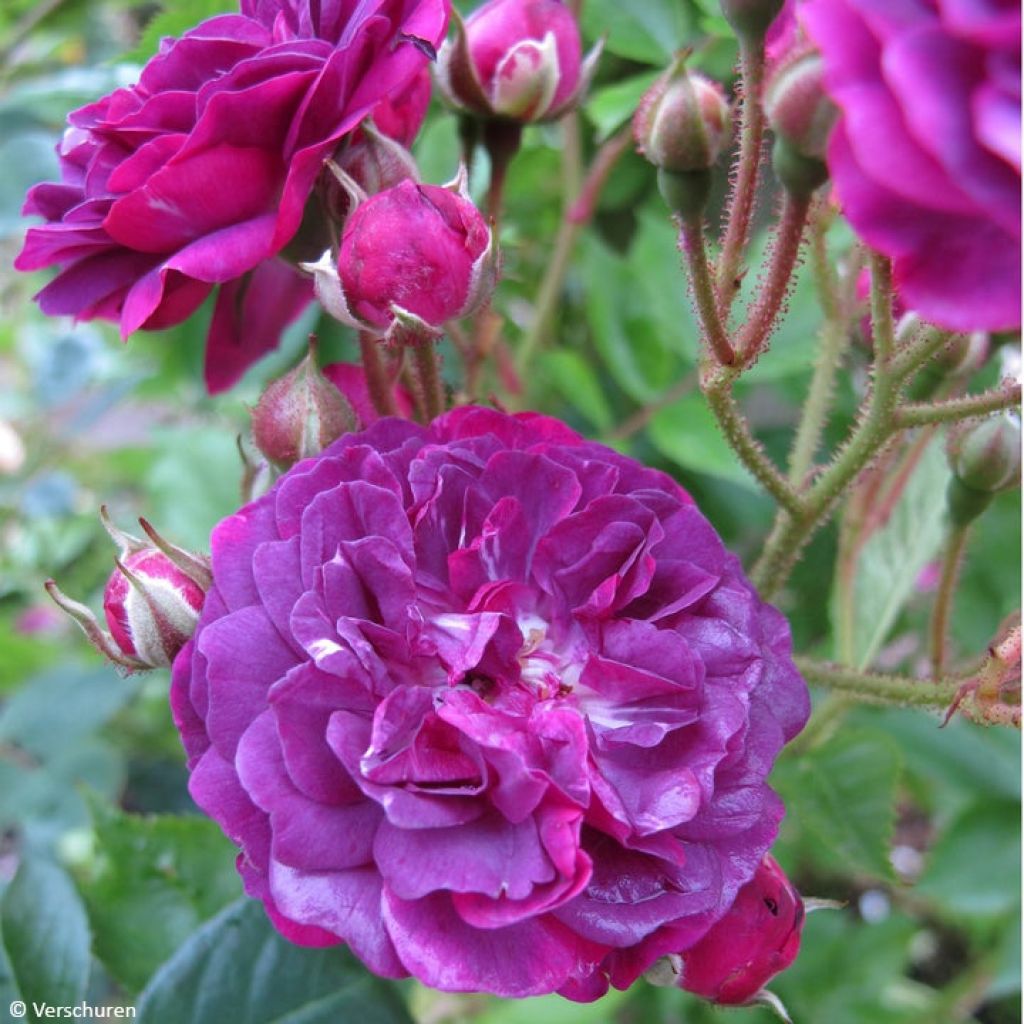

Rosa multiflora Bleu Magenta - Climbing Rose
Rosa multiflora Bleu Magenta - Climbing Rose
Rosa x multiflora Bleu Magenta
Multiflora Rose, Japanese Rose, Many-flowered Rose, Baby Rose
This item cannot be shipped to the selected country
Delivery charge from €5.90
Delivery charge from €5.90
Delivery to Corse prohibited
More information
Schedule delivery date,
and select date in basket
This plant carries a 24 months recovery warranty
More information
We guarantee the quality of our plants for a full growing cycle, and will replace at our expense any plant that fails to recover under normal climatic and planting conditions.
From €5.90 for pickup delivery and €6.90 for home delivery
Express home delivery from €8.90.
From €5.90 for pickup delivery and €6.90 for home delivery
Express home delivery from €8.90.
Delivery to Corse prohibited: UE law prohibits the import of this plant from mainland France to Corse as part of the fight against Xylella fastidiosa. Please accept our sincere apologies.
More information

Does this plant fit my garden?
Set up your Plantfit profile →
Description
The Bleu Magenta multiflora rose has the richest and deepest colour in the category of 'purple' roses. It is a climbing plant with moderate growth and a flexible habit, and its well-double roses change colour throughout their flowering, adopting a beautiful palette of deep red-purple, dark magenta, bluish-violet, and slate mauve, randomly dotted with small white spots. Its almost prickle-free branches bear beautiful shiny dark green foliage. It blooms in early summer, in bouquets distributed along the length of the stems, with a light fragrance.
This ancient climbing rose Bleu Magenta is a variety of unknown origin dating back to 1900. It was awarded the AGM (Award of Garden Merit) in England in 1994. This hybrid belongs to the Rosa x multiflora family. It naturally has a flexible and natural habit. Ultimately, the plant will reach an average height of 4m (13ft) with a spread of 2.5m (8.20ft). Its long stems are flexible, with very few prickles, and abundantly adorned with shiny foliage composed of large bright green leaflets. It can be somewhat susceptible to powdery mildew in dry and hot conditions. The flowers of this climber develop abundantly in June-July, gathered in clusters of 10 to 30, they emerge from short shoots of the 2nd year as small pointed dark pink buds. They open up into double rosettes, 4-5cm (2in) in diameter, formed by multiple small velvety and undulate petals. The roses in the clusters, at different stages of ripening, have different shades, creating a sumptuous gradient on the plant. At full bloom, they reveal a heart of golden stamens. After pollination, the roses give way to numerous small fruits that turn reddish-orange in autumn. They are decorative and highly sought after by some birds. The deciduous foliage is absent in winter.
'Bleu Magenta' is a very attractive climbing rose, endowed with a rare colour. Like other large roses, such as 'Sourire d'Orchidée' or 'Seven Sisters' with which it harmonizes so well, it is incomparable in giving a touch of abandon planted above any overly strict flowerbeds. It is an ideal companion for an old fruit tree, a small pillar, and sheds to which it adds a charming touch. Trained on an arch, near the terrace, it will create a poetic and gently scented passage. It can be paired with a clematis with large flowers in shades of purple, violet, blue, or pure white, their flowers blending perfectly.
Report an error about the product description
Plant habit
Flowering
Foliage
Botanical data
Rosa
x multiflora
Bleu Magenta
Rosaceae
Multiflora Rose, Japanese Rose, Many-flowered Rose, Baby Rose
Cultivar or hybrid
Other Rambling Roses
Planting and care
The climbing rose Bleu Magenta prefers sunny or semi-shaded locations where its flowers will be sheltered from the strong midday rays. It will adapt to any garden as long as the soil is well-worked and rich enough. To plant your rose, prepare the soil by breaking up the earth and adding an amendment, such as bonemeal, at the bottom of the planting hole. Water thoroughly after planting to remove any air pockets. Water regularly for a few weeks to facilitate root establishment. Pruning this rose is only necessary to control its growth. If its spreading bothers you, feel free to reduce the branches. This should be done after flowering. As this rose does not have a second flowering period, there is no need to deadhead the faded flowers, as this would deprive you of its decorative fruits in autumn.
Planting period
Intended location
Care
-
, onOrder confirmed
Reply from on Promesse de fleurs
Roses by purpose
Haven't found what you were looking for?
Hardiness is the lowest winter temperature a plant can endure without suffering serious damage or even dying. However, hardiness is affected by location (a sheltered area, such as a patio), protection (winter cover) and soil type (hardiness is improved by well-drained soil).

Photo Sharing Terms & Conditions
In order to encourage gardeners to interact and share their experiences, Promesse de fleurs offers various media enabling content to be uploaded onto its Site - in particular via the ‘Photo sharing’ module.
The User agrees to refrain from:
- Posting any content that is illegal, prejudicial, insulting, racist, inciteful to hatred, revisionist, contrary to public decency, that infringes on privacy or on the privacy rights of third parties, in particular the publicity rights of persons and goods, intellectual property rights, or the right to privacy.
- Submitting content on behalf of a third party;
- Impersonate the identity of a third party and/or publish any personal information about a third party;
In general, the User undertakes to refrain from any unethical behaviour.
All Content (in particular text, comments, files, images, photos, videos, creative works, etc.), which may be subject to property or intellectual property rights, image or other private rights, shall remain the property of the User, subject to the limited rights granted by the terms of the licence granted by Promesse de fleurs as stated below. Users are at liberty to publish or not to publish such Content on the Site, notably via the ‘Photo Sharing’ facility, and accept that this Content shall be made public and freely accessible, notably on the Internet.
Users further acknowledge, undertake to have ,and guarantee that they hold all necessary rights and permissions to publish such material on the Site, in particular with regard to the legislation in force pertaining to any privacy, property, intellectual property, image, or contractual rights, or rights of any other nature. By publishing such Content on the Site, Users acknowledge accepting full liability as publishers of the Content within the meaning of the law, and grant Promesse de fleurs, free of charge, an inclusive, worldwide licence for the said Content for the entire duration of its publication, including all reproduction, representation, up/downloading, displaying, performing, transmission, and storage rights.
Users also grant permission for their name to be linked to the Content and accept that this link may not always be made available.
By engaging in posting material, Users consent to their Content becoming automatically accessible on the Internet, in particular on other sites and/or blogs and/or web pages of the Promesse de fleurs site, including in particular social pages and the Promesse de fleurs catalogue.
Users may secure the removal of entrusted content free of charge by issuing a simple request via our contact form.
The flowering period indicated on our website applies to countries and regions located in USDA zone 8 (France, the United Kingdom, Ireland, the Netherlands, etc.)
It will vary according to where you live:
- In zones 9 to 10 (Italy, Spain, Greece, etc.), flowering will occur about 2 to 4 weeks earlier.
- In zones 6 to 7 (Germany, Poland, Slovenia, and lower mountainous regions), flowering will be delayed by 2 to 3 weeks.
- In zone 5 (Central Europe, Scandinavia), blooming will be delayed by 3 to 5 weeks.
In temperate climates, pruning of spring-flowering shrubs (forsythia, spireas, etc.) should be done just after flowering.
Pruning of summer-flowering shrubs (Indian Lilac, Perovskia, etc.) can be done in winter or spring.
In cold regions as well as with frost-sensitive plants, avoid pruning too early when severe frosts may still occur.
The planting period indicated on our website applies to countries and regions located in USDA zone 8 (France, United Kingdom, Ireland, Netherlands).
It will vary according to where you live:
- In Mediterranean zones (Marseille, Madrid, Milan, etc.), autumn and winter are the best planting periods.
- In continental zones (Strasbourg, Munich, Vienna, etc.), delay planting by 2 to 3 weeks in spring and bring it forward by 2 to 4 weeks in autumn.
- In mountainous regions (the Alps, Pyrenees, Carpathians, etc.), it is best to plant in late spring (May-June) or late summer (August-September).
The harvesting period indicated on our website applies to countries and regions in USDA zone 8 (France, England, Ireland, the Netherlands).
In colder areas (Scandinavia, Poland, Austria...) fruit and vegetable harvests are likely to be delayed by 3-4 weeks.
In warmer areas (Italy, Spain, Greece, etc.), harvesting will probably take place earlier, depending on weather conditions.
The sowing periods indicated on our website apply to countries and regions within USDA Zone 8 (France, UK, Ireland, Netherlands).
In colder areas (Scandinavia, Poland, Austria...), delay any outdoor sowing by 3-4 weeks, or sow under glass.
In warmer climes (Italy, Spain, Greece, etc.), bring outdoor sowing forward by a few weeks.


































